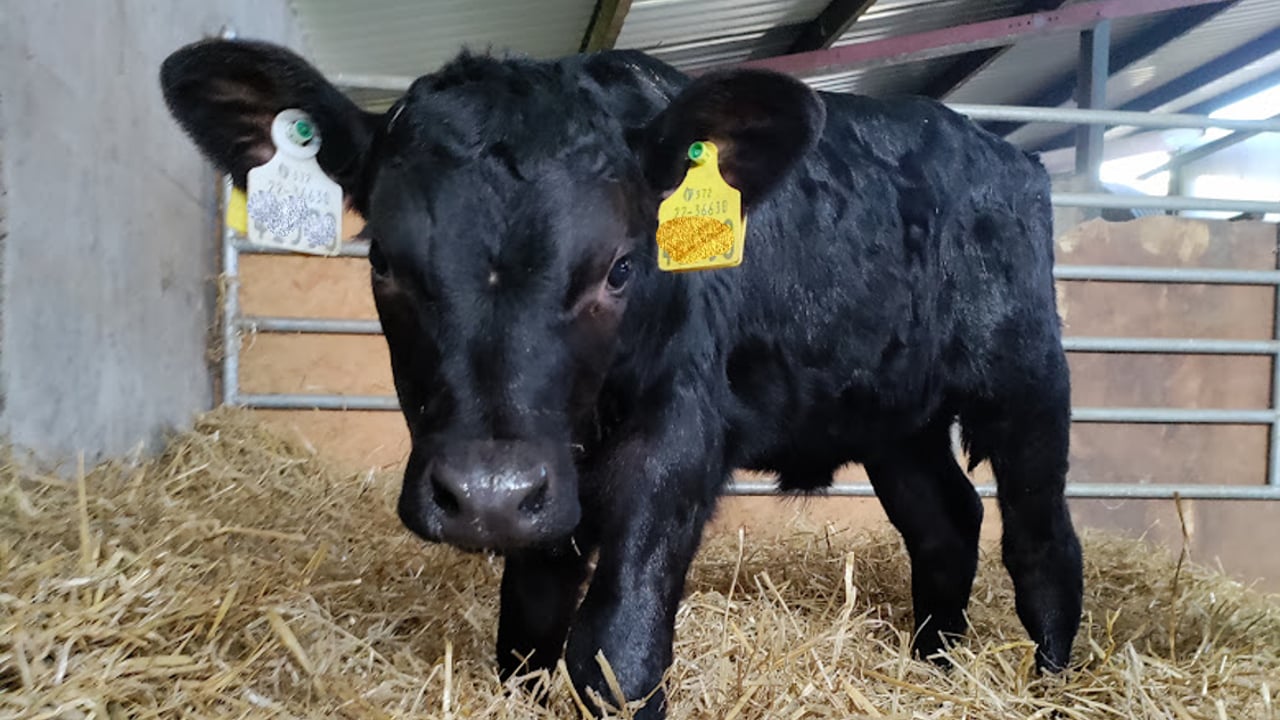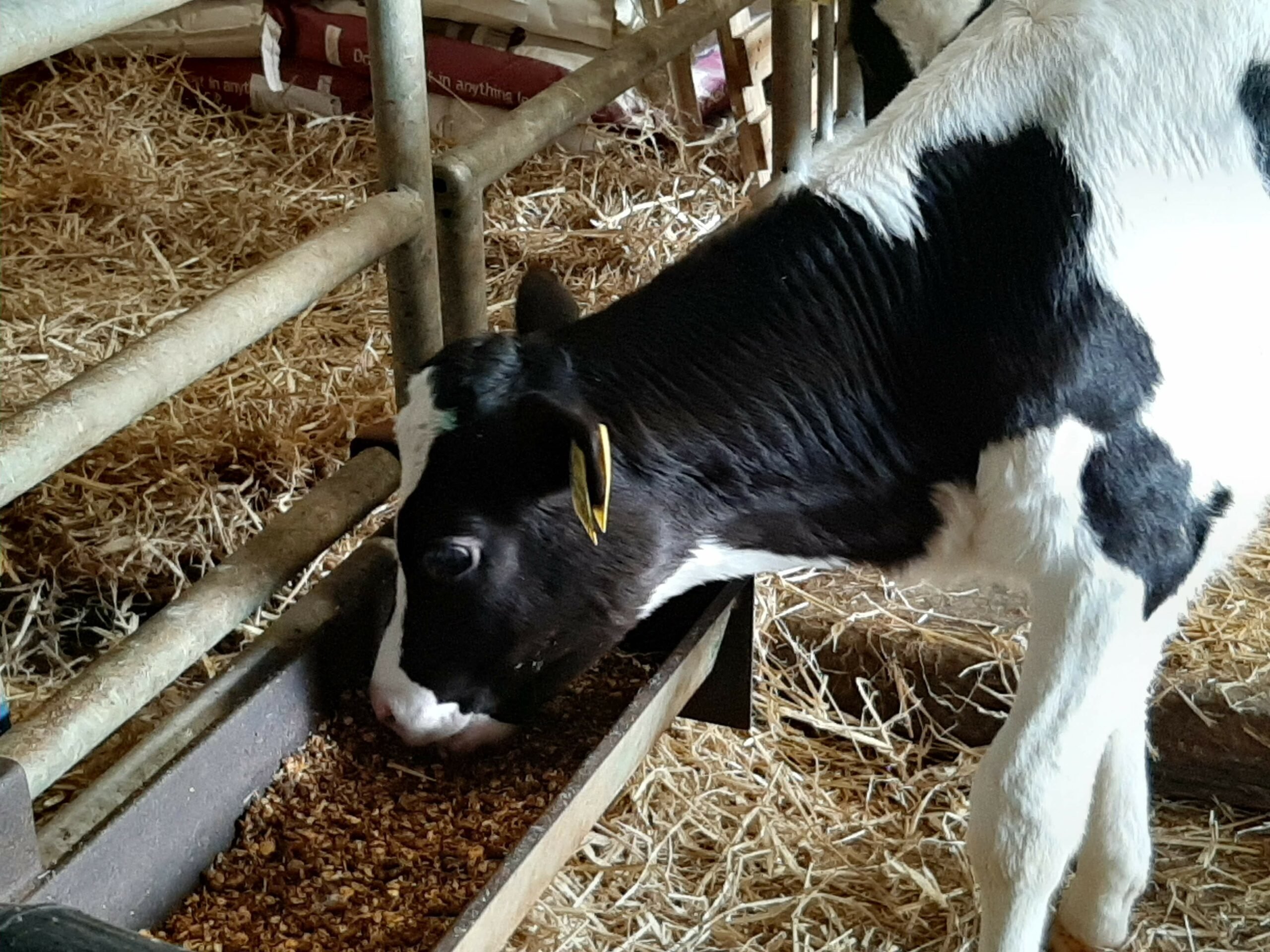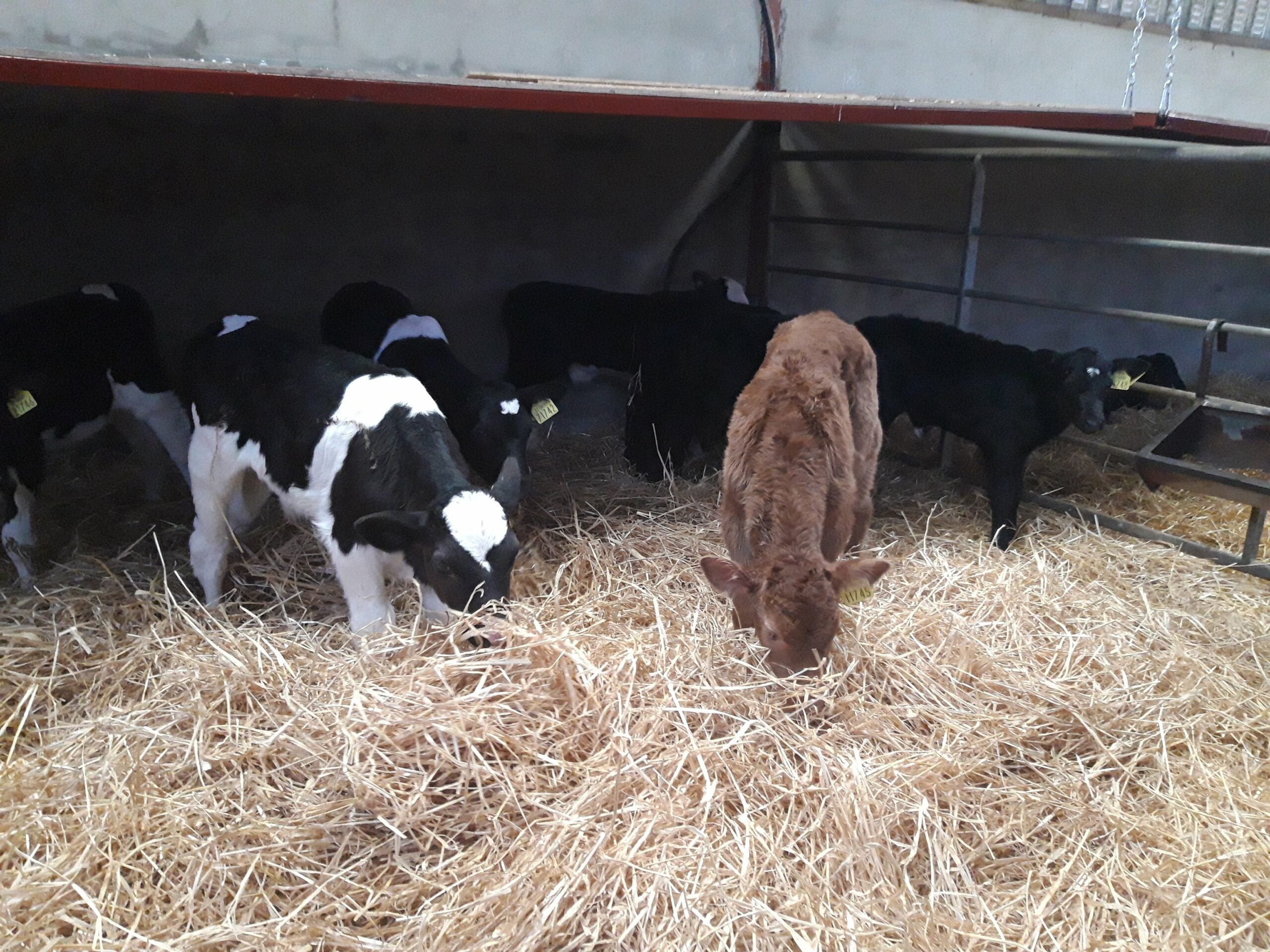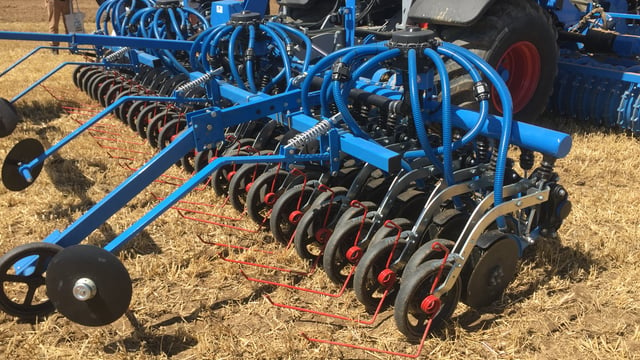Sponsored Article

Sponsored Article
Weight at weaning 'irrelevant' if calves consume insufficient concentrates
Sponsored Article

Rearers are being advised that providing calves with small quantities of concentrates from day one of life will help them transition smoothly to weaning by aiding development of the all-important gut microbiome.
The first year of a calf’s life is a series of transitions, explains Dr. Christine Cummins, of Bonanza Calf Nutrition.
“Calves are constantly growing and developing and have changing needs, transitioning from one stage to the next,’’ she said.
The first transition is from the womb, at which point a calf must use its own digestive system and immunity.
Digestion and immunity change as the calf prepares for weaning.
By rearing calves artificially, it is the rearer who makes the choice when weaning occurs – and that means requiring calves to accelerate the development of their rumen and lower gut, said Dr. Cummins.
In contrast, in a suckler system, calves suckling their dams generally wean at six to eight months, while if calves were raised in the wild, they would naturally wean at 10-12 months.
“We are asking calves to stop relying on their milk feed in a half or a quarter of the time seen in suckler systems,’’ Dr. Cummins noted.
“This sounds drastic but if managed correctly this can be done without stress on the calf.’’
The key is to understand the calf’s development and the effect of the feeding system that is in place.
There are two major factors that need consideration in developing the digestive tract: Physical and microbial development.
“The physical element has been front of house with a good understanding of the need to develop the lining of the gut. The microbial development is something we still need to get a greater understanding of,’’ according to Dr. Cummins
During a recent Bonanza Calf Nutrition social media CalfChat evening, 67% of the participants said they knew what the gut microbiome was, while 67% also understood that it needed continual consideration.
However, what these figures also highlighted was that 33% of participants required further information on what the gut microbiome is.
As Dr. Cummins explained, it is the total population of bugs in the intestinal tract of the calf - the good, the bad and the ‘ugly’ bacteria, viruses, fungi, and protozoa.
It is also a constantly changing environment, affected by everything the calf encounters, she says.
Feed has a major influence of that environment, beginning from the very first feed of colostrum.
When the desirable bugs dominate the gut of the calf, digestion is efficient, meaning the healthy calf is using the feed ingested to convert into growth. Different bugs digest different materials and so different feed types require different organisms to utilise them for calf growth and development.
“We must nurture the calf and give them time to adapt to new feeds, from day one we begin to prepare the calf for weaning,’’ said Dr. Cummins.
As a young animal, it is developing its senses and is therefore curious about its environment.
“Providing concentrates for calves in small quantities from day one of life can allow them to be ahead of the game,’’ Dr. Cummins advises.
Contrary to what many rearers believe, offering a higher volume of milk or feeding multiple times a day can delay rumen development, she said, adding:
Similarly, the number of feeds offered/day will influence a calf’s behaviour. As creatures of habit, calves anticipate when the next feed is coming therefore a calf fed twice or three times daily will spend longer waiting for that feed than a calf on once-a-day or ad-lib feeding.
This can also induce higher levels of stress in the calf, Dr. Cummins said.
While much time is spent discussing rumen development, how can rearers be sure a calf is developed enough for weaning?
“Is it by weight, age or concentrate intake? As with everything in calf rearing, it is multifactorial,’’ according to Dr. Cummins.
The calf must be healthy and growing well, but age and weight is irrelevant if the animal is not consuming enough concentrates.
Before weaning, calves should ideally be consuming at least 1.5kg/day – but it is important to build up to this quantity slowly over time.
According to Dr. Cummins, it takes approximately four weeks for microbes to multiply and adapt to concentrates once calves have been introduced to it.
“This is something that many don’t fully understand as is reflected in the table that illustrates the feedback given during our recent CalfChat discussion,’’ she said.
A combination of good growth rates - 0.8kg a day or more - healthy coats and concentrate consumption in excess of 1.5kg/day indicate that a calf is ready to start the process of weaning.
“Every system will differ slightly but if you listen to your calves, they will tell you when they are ready to wean,’’ Dr. Cummins added.
For more information on CalfChat, click here.
Sponsored Article








